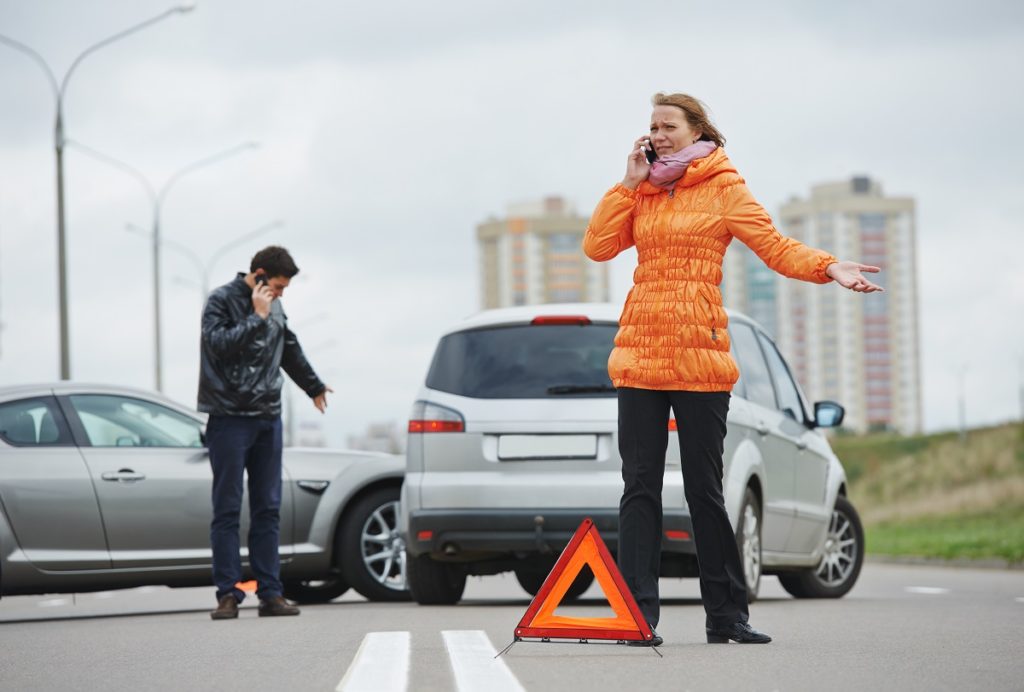Fewer people drove their cars in 2020. In Michigan, traffic dropped by 73 percent. The state recorded 245,000 crashes last year, an all-time low since 2010. While there were fewer accidents, fatal car crashes rose by an alarming 12 percent. Several factors made roads more dangerous — most of them determined by drivers.
Reckless Driving
Stay-at-home orders forced most people into their homes. Responsible people avoided going out, leaving the streets open for more reckless individuals. Less traffic led to more open roads, allowing drivers to drive up to the speed limit or even over it. The majority of crashes occurred while driving at 55 mph — a clear indicator that drivers were driving as fast as legally possible.
Higher speeds exponentially make driving more dangerous. At 25 mph, it takes a vehicle 9 yards or 25 feet to make a complete stop. At 30 mph, the braking distance almost doubles to 14 yards or 40 feet. When driving at over 50mph, the likelihood of fatal crashes increases by 20 times compared to vehicles running at 25 mph. Lack of traffic enforcement also played a big part in the increase of reckless driving. With fewer cops on the road, more unscrupulous drivers were free to break speed limits and traffic laws.
Lack of Seat Belts
Car safety took a backseat to the pandemic. Drivers simply forgot about buckling up. The pandemic threat loomed large, and issues like seat belts and car safety felt small in comparison. Without seat belts, accidents at low speeds became more dangerous. Fatal crashes at 25 mph almost doubled 2019 numbers — going up by 97.6 percent.
According to the Centers for Disease Control and Prevention (CDC), seat belts significantly reduce the risk of both death and injuries. Drivers and front-seat passengers cut their risk of death by 45 percent and serious injury by 50 percent. Seat belts also prevent gruesome vehicle ejections. Not wearing seat belts increases the likelihood of being ejected from a vehicle by 30 times once a crash occurs — and 75 percent of all vehicle ejections end in death.

Intoxicated Driving
Lack of work, stay-at-home measures, and outright boredom led to a spike in drug and alcohol abuse. Coping with stress and emotions brought about by the pandemic had Americans turning to anxiety and depression meds or plain old alcohol. Fewer cops on the road allowed intoxicated drivers to throw caution to the wind, making the roads more dangerous.
The trend continues past 2020. Michigan experienced higher rates of crashes due to intoxicated drivers since January — but it expects a downturn once more cops are back on the street. Alcohol and medication that targets the nervous system cause alterations to behavior, as well as physical driving skills. Attention, perception, reflex, and decision-making skills are hindered — increasing the risk of accidents and deadly collisions.
More Cyclists and Pedestrians
More than $4 billion worth of bikes were sold in the US in 2020 — a 62 percent increase compared to 2019. The state saw similar increases, as people were buying and using their bicycles more frequently. Fewer cars on the road led to more cyclists and pedestrians. Car crashes involving pedestrians rose by 21 percent, and bicycle-vehicle crashes spiked by 76 percent.
Distracted driving counts as one of the primary reasons for these accidents — however, some cases can be attributed to inattentional blindness. A vast majority of drivers have difficulty registering cyclists and pedestrians, especially if they are driving large vehicles. The brain handles sensory information differently when driving — often focusing on similarly sized threats and obstacles and ignoring the smaller cyclists and pedestrians.
Protecting Yourself From Accidents
The higher rates of fatal accidents have not gone down in Michigan. Michigan police predict higher numbers of fatalities this year compared to 2020. Make your drives safer by wearing seat belts and keeping a close eye on the road. Learn to drive defensively or take an online basic driver improvement course. Both courses focus on maintaining awareness of your surroundings and learning how to react to various situations. If you had a couple of drinks or took some meds, it’s better to call an Uber or some other ride-sharing service rather than risk crashing due to intoxication. When walking, running, or cycling — don’t assume cars on the road see you. Drivers mostly focus on the front of their vehicles, and the sides can be blind spots due to inattentional blindness.
Roads might be more open with 20 percent less traffic — however, they’ve also become deadlier. The pandemic might have made people stay at home, but it has also made drivers more careless when on the road. Avoid the factors that increase the risk of fatality and serious injury and take steps to make your drives safer.
